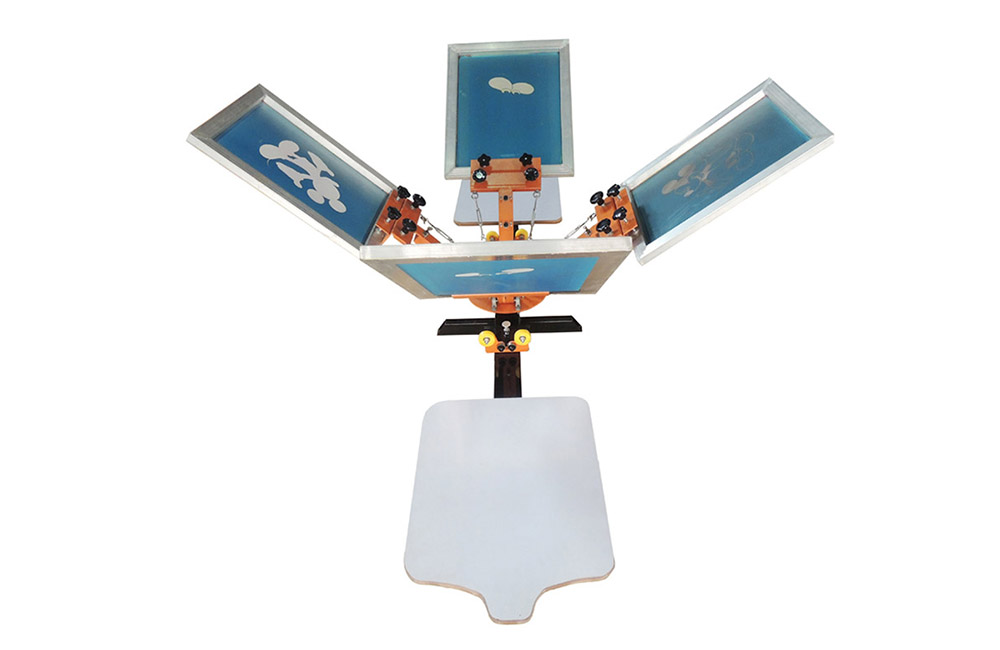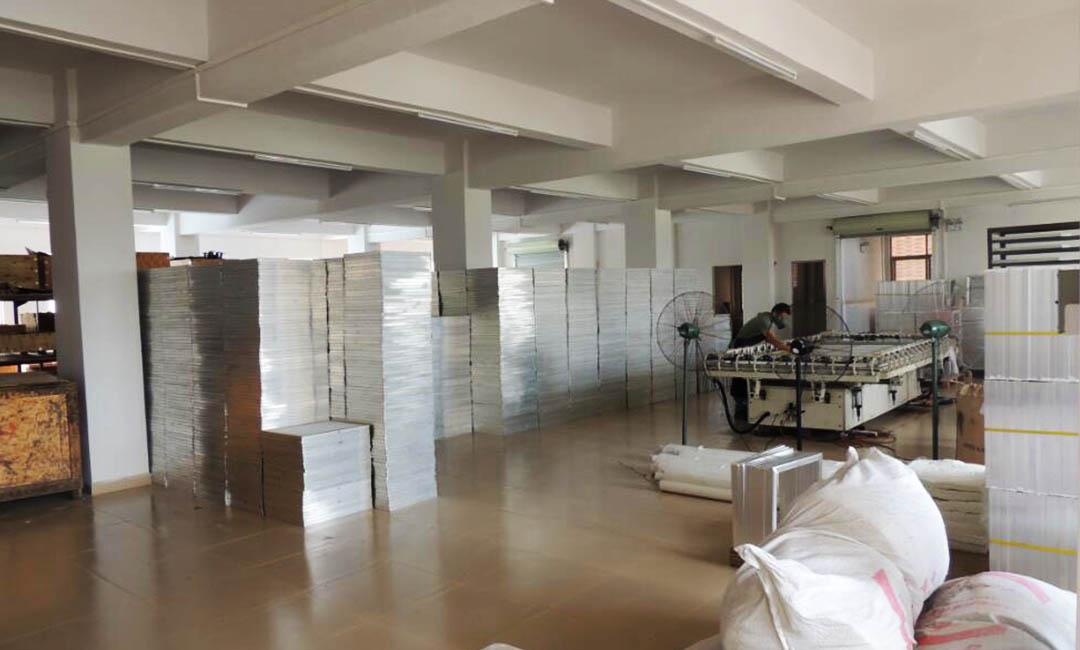How to Operate a Screen Printing Press for Precise Results
Proper Setup and Calibration of the Screen Printing Press
Screen printing is a popular method for transferring designs onto various surfaces, such as t-shirts, posters, and other promotional items. To achieve precise and consistent results, it is essential to properly set up and calibrate your screen printing press. In this article, we will discuss the steps involved in setting up and calibrating a screen printing press to ensure accurate and high-quality prints.
The first step in setting up a screen printing press is to ensure that all components are properly assembled and in good working condition. This includes the frame, screen, squeegee, and ink. Make sure that the frame is securely attached to the press and that the screen is stretched tightly and evenly across the frame. Check the squeegee for any signs of wear or damage, and ensure that the ink is the correct consistency for the type of design you will be printing.
Once the press is properly assembled, the next step is to calibrate the press for accurate printing. This involves adjusting the off-contact distance, squeegee angle, and pressure to achieve the desired results. The off-contact distance refers to the distance between the screen and the substrate being printed on. This distance should be set to allow the ink to flow smoothly onto the substrate without smudging or bleeding.

Next, adjust the squeegee angle to ensure that the ink is evenly distributed across the screen. The angle of the squeegee will depend on the type of design being printed and the type of ink being used. Experiment with different angles to find the one that produces the best results for your specific application.
Finally, adjust the pressure of the squeegee to control the amount of ink that is transferred onto the substrate. Too much pressure can cause the ink to bleed or smudge, while too little pressure can result in a faint or uneven print. Find the right balance of pressure to achieve crisp and precise prints.
In addition to setting up and calibrating the press, it is also important to properly prepare the screen and substrate for printing. Make sure that the screen is clean and free of any debris or residue that could affect the quality of the print. Use a degreaser or emulsion remover to clean the screen thoroughly before applying the design.
Similarly, prepare the substrate by ensuring that it is clean and free of any dust or dirt that could interfere with the printing process. Use a lint-free cloth to wipe down the substrate before printing to ensure a smooth and even surface for the design.

By following these steps and taking the time to properly set up and calibrate your screen printing press, you can achieve precise and consistent results every time. Remember to experiment with different settings and techniques to find the best combination for your specific application. With practice and attention to detail, you can create high-quality prints that will impress your customers and clients.
Pre: Affordable 4 Color Screen Printing Presses for Startups
Next: Step-by-Step Guide: Using a 4 Color 2 Station Screen Printing Machine
Tags: